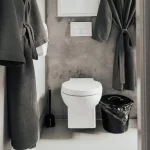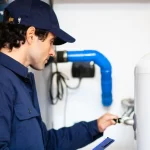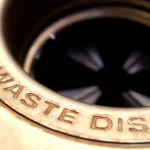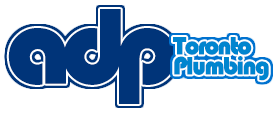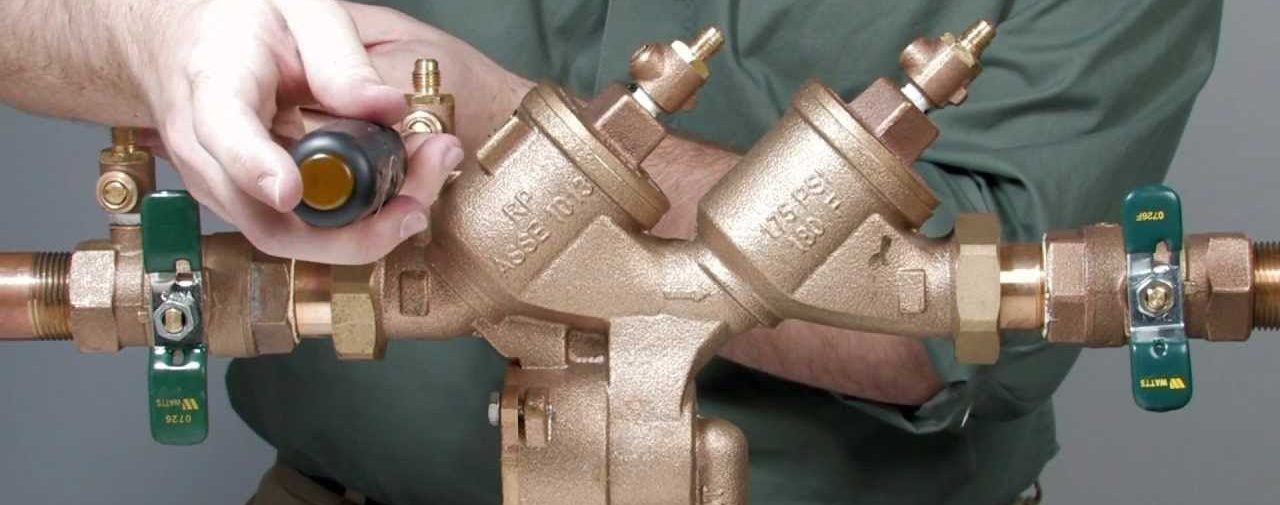 Testing, maintenance, and installations – our team is ready to handle all of your backflow prevention device needs.
Testing, maintenance, and installations – our team is ready to handle all of your backflow prevention device needs.
Backflow
Backflow is a term that relates to an issue when water starts to flow in its planned flow in the opposite direction. Cross connections are a sort of link point where the primary source of water is divided into distinct lines, some of which may not be potable.
For example, if a public water system supplies drinking water to a customer as well as a neighboring irrigation system, or if the water supply to your home has a link point that feeds drinking and non-drinking water, it is a cross-connection.
When it comes to backflow, these cross-connections are the high-risk factors. It can lead to significant contamination if water and other substances flow in reverse through a cross-connection. That’s because the drinking water can flow backward and find its way into your drinking water’s lines or water sources.
Here are some common causes of backflow :
- Backpressure
- Back siphonage
- Sewerage pipe damage
- Local source damage
How to Prevent Backflow
First, plan an annual inspection of the backflow to identify prospective contamination sources. Anywhere freshwater and wastewater can be cross-connected can be installed in the scheme by a skilled plumber. The backflow system stays open as long as municipal water flows in one direction only. The device prevents contaminated water from entering the water supply system if the flow reverses.
Two types to prevent backflow rule in residential applications:
- Hose bib –A backflow preventer for the hose bib protects a single outlet like a faucet for outdoor water. Spring in the compact assembly enables only one direction for water pressure. The spring ends when the municipal water pressure falls, and a valve opens that discharges backflowing water before it enters the freshwater supply.
- Pressure type vacuum breakers – Installed in the pipe that supplies water to home sprinkler systems, the system pressure is uniformly sensed by a pressure type sensor. If the system pressure suddenly turns negative and falls below the air pressure that enters through an inlet above ground, a check valve closes to avoid backflow.
Our licensed technicians can assess your property to determine the required steps and devices for backflow prevention on your property, and our Toronto plumbers are trained and certified for Backflow prevention testing and installation service.
Toronto’s Backflow prevention testing and installation Program
Many municipalities require certain properties to have backflow prevention devices. In Toronto, the Water Supply Bylaw mandates that all commercial properties, industrial properties, institutional locations, and some residential properties have backflow prevention devices.
For the most part, single-family homes will not be required to have a backflow prevention device, but there are some exceptions. When you contact us we will explain to you in detail the various situations whereby you would be required to have a backflow prevention device installed, and if required our team will provide Toronto backflow prevention testing and installation services for you.
In the Water Supply Bylaw, there are codes that outline the types of properties that will need backflow prevention devices and the type of device that will be needed. There is also the requirement for a building permit with the installation of any backflow prevention device, and a schedule for maintenance and inspection must be established. Our team is fully certified and experienced in the testing procedures, enabling us to ensure your property is complying with local bylaws. Contact us regarding our Toronto backflow prevention testing and installation service for a consultation today.
What type of backflow prevention device is needed?
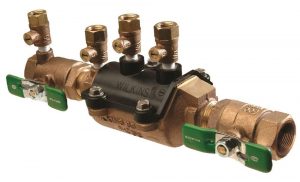
Different properties will need different types of backflow prevention devices. A risk assessment is performed to determine the correct type of backflow prevention device for different properties. In the assessment, a property will be classified on a scale that goes for low risk to moderate risk and then to severe risk.
Properties that meet the requirements for low risk will not be required to install a backflow prevention device. The vast majority of businesses will not meet the standards for low-risk classification, but some smaller retail operations might be able to obtain this status.
For properties that fit within the guidelines for a moderate risk of backflow, the most common requirement is the installation of a Double Check Valve Assembly. For businesses that are classified under severe risk, the standard requirement is for the installation of a Reduced Pressure Principle device. Not only is it important that your property has the correct valve installed, but it is also important that it is doing the job as intended. There are times we have conducted tests that while they have a valve installed correctly it has in fact been bypassed and thus it is not doing its job as intended.
Our team will ensure your property is in compliance with the local City of Toronto bylaws, or any neighboring municipalities bylaws. Call us to discuss your options and we will dispatch a technician to aid you as soon as possible.
Testing backflow prevention devices
Along with requiring that certain properties have backflow prevention devices installed, the Water Supply Bylaw also sets requirements for maintenance and testing. Testing is required after the installation of a backflow prevention device, then annual testing is required every year thereafter. The owner of the property must keep records of site surveys and tests, and they must also submit annual test reports to the city.
Complete Backflow Prevention Device Services in the Greater Toronto Area
Our technicians are certified professionals offering a full range of backflow prevention device services in the GTA. We can perform the necessary site surveys to assess your risk and determine the type of device that is needed. We also install backflow prevention devices and we can work with you to ensure that you meet your annual requirements for testing and reporting. For backflow prevention testing and installation, inspection, or repairs in Toronto – contact the team from ADP Toronto Plumbing. For more detail on what causes backflow and how to prevent it, backflow prevention testing and installation, contact One Toronto Plumbing.

